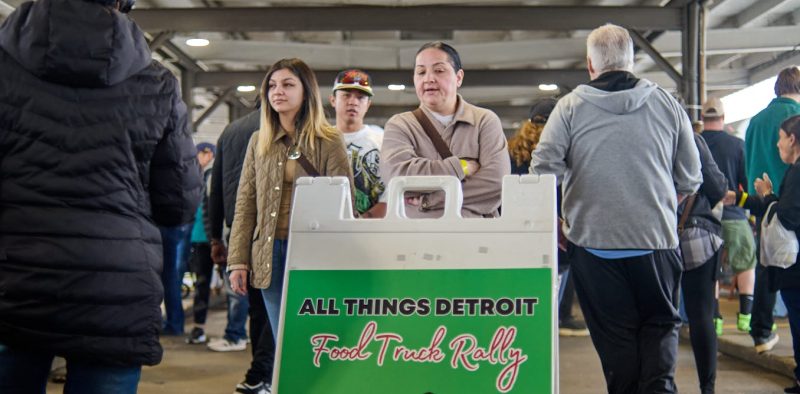
After decades of population decline, Detroit is experiencing a remarkable resurgence. Recent Census data reveals a significant population increase, marking a symbolic turning point for the city. This growth, however, tells only part of the story. A closer look at the surrounding suburbs reveals a more nuanced picture, highlighting stark economic and demographic disparities between the inner and outer rings.
The city’s revitalization is accompanied by a fascinating shift in its racial and ethnic makeup. While Black residents remain the majority, their proportion has decreased slightly, while Hispanic, white, and Asian populations have all grown. This diversification reflects new migration patterns and evolving neighborhood dynamics, painting a picture of a city undergoing a significant transformation.
The suburban landscape, however, presents a more complex narrative. While the overall suburban population has increased slightly, growth is far from uniform. Outer-ring suburbs are booming, attracting a significant influx of new residents, while inner-ring suburbs have experienced more modest growth. This disparity is reflected in socioeconomic indicators. Outer-ring suburbs have witnessed significantly higher increases in median household income and educational attainment, alongside a considerable rise in homeownership rates. Conversely, inner-ring suburbs have seen less progress in these areas, with some even experiencing declines.
Poverty rates also tell a contrasting story. Inner-ring suburbs have experienced a dramatic increase in poverty, while outer-ring suburbs, though also seeing a rise, show a less pronounced increase. Immigration patterns further highlight this division. Outer-ring suburbs have attracted a substantial number of foreign-born residents, while inner-ring suburbs have seen more modest gains, and in some cases, a decline in their foreign-born population share. These trends mirror national patterns, where older, inner-ring suburbs often lag behind newer, outer-ring suburbs in terms of economic prosperity.
Residential segregation also plays a significant role in this story. While segregation levels remain high in inner-ring suburbs, particularly between white and Black residents, outer-ring suburbs, while not completely integrated, exhibit lower levels of segregation and have seen a more modest decrease over the past two decades. However, inner-ring suburbs are showing a faster rate of integration, with significant reductions in segregation across various racial and ethnic groups. This suggests that while outer-ring suburbs may currently be more diverse, inner-ring suburbs are experiencing more rapid integration.
In conclusion, Detroit’s resurgence is a multifaceted phenomenon. While the city itself is experiencing significant population growth and diversification, the surrounding suburbs paint a picture of uneven development and persistent socioeconomic disparities. The narrative of the city versus the suburbs requires a more nuanced understanding, acknowledging the distinct economic and demographic realities of different suburban areas. Detroit’s comeback is a testament to its resilience, but the broader metropolitan area’s future will depend on addressing the challenges facing its inner-ring suburbs and fostering more equitable growth across the region. The city’s progress since emerging from bankruptcy in 2014 is undeniable, but the work towards a truly inclusive and prosperous metropolitan area is far from over.










